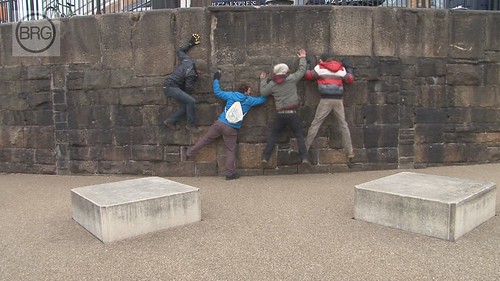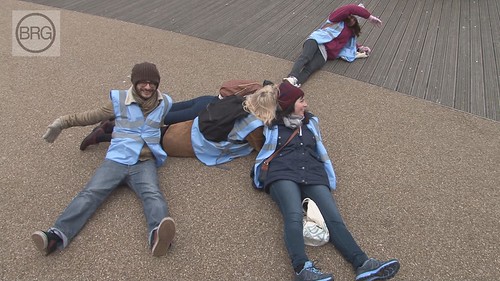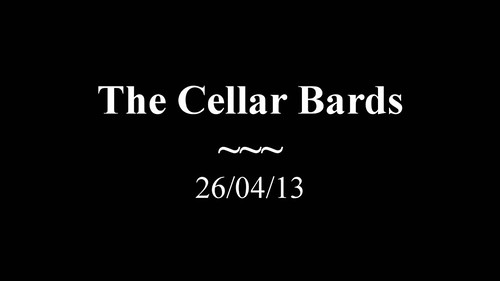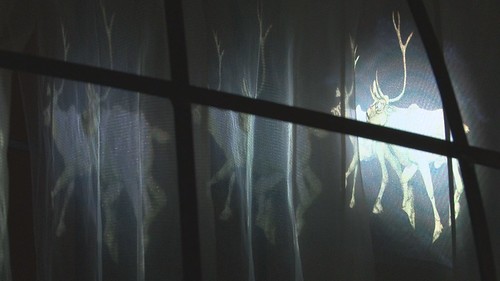On 15th June 1910 the Terra Nova (Scotts's Expedition to the South Pole) sailed from Cardiff
Welsh connections to the British Antarctic Expedition
The Terra Nova Expedition also known as the British Antarctic Expedition was led by Robert Falcon Scott with the objective of being the first to reach the geographical South Pole. However when they reached the pole on 17th January 1912, they found that the Norwegian team led by Roald Amundsen had beaten them to it. All of Scott's party subsequently perished on the return journey and a memorial lighthouse, erected in 1915, still exists on Roath Park Lake in their memory.
* Lieutenant E R G R (Teddy) Evans whose grandfather was born in Cardiff, was Scott's second in command and had been planning his own Antarctic expedition before he heard about Scott’s plans. The Cardiff connection with the expedition owes much Evans's efforts as he decided that Wales could play a valuable fund-raising role for the expedition. It was estimated that £60,000 would be needed to fund the expedition and with no government funding, the money had to be raised by public donation. The Western Mail gave him publicity and he spent much of 1909 at speaking engagements in the Cardiff area, eventually raising £2500, from mainly Cardiff's ship owners and industrialists, which was more than any other city in Britain raised. On the evening of June 13, Scott and his officers were given a spectacular farewell dinner at the Royal Hotel in St Mary's Street, however, the rest of the crew having to make do with dinner in the Barry Hotel. Then at one o'clock on, June 15 1910, in front of a huge crowd the Terra Nova was towed out of Roath Dock, flying the flag and coat of arms of Cardiff and the Welsh dragon. Scott promised that the Terra Nova would return to Cardiff, which she did on June 14, 1913, but under the command of Teddy Evans. Evans later had a distinguished naval career and was created Lord Mountevens in 1946.
* The expedition built its headquarters on a rocky cape on Ross Island, which Scott named Cape Evans, after Lieutenant Teddy Evans.
* Edgar Evans from Middleton Rhossili was a member of the e xpedition and was selected for the final expedition push that attained the Pole on 17 January 1912. He is described as "a huge, bull-necked beefy figure" who was "running a bit to fat" and was nearly left in New Zealand when he drunkenly fell into the water while boarding the ship. However, he was held in such high regard by Scott, that he decided to overlook the incident.
Evans cut his hand in an accident and the wound did not heal and subsequently began to deteriorate mentally and physically on the return journey. As well as suffering from frostbite, he is also thought to have suffered a head injury in a fall into a crevasse, sustaining serious concussion which caused his condition to rapidly worsen. Then according to Scott's diary, on 16 February 1912, Evans collapsed and was unable to continue. The remainder of the party made it to the next supply depot, but when they returned to collect him, Evans's condition was critical and he died in the tent that night.
His widow, Lois (they had married in 1904 and had three children), had a memorial plaque placed, in the church at Rhossilli and he is also remembered, with the Edgar Evans Building at the naval establishment on Whale Island, Portsmouth.
15th June 1965 saw the publication of the Hughes Parry committee report on the status of the Welsh Language.
During the years 1963 to 1965, Professor Sir David Hughes Parry chaired a government committee whose task was to make recommendations on the legal status of the Welsh language.
Hughes Parry was the chief architect of the report that led to the Welsh Language Act of 1967, which established in law the principle of equality between English and Welsh. This was to begin a process of restoring Welsh as a civic language, and the Welsh Language Measure which recently passed through the National Assembly.
Born this day 1561 in Llansawel, Carmarthenshire
Griffith Powell - Philosopher and Principal of Jesus College, Oxford from 1613 to 1620.
During his time as Principal he "requested" various "worthy personages" to contribute to the construction of the chapel, hall, buttery and kitchen of the college, He raised £259 from merchants and gentry of London, £160 from citizens of Oxford, £341 from people in Wales and the borders, and £78 from seven members of the clergy in Wales (Richard Parry, Bishop of St Asaph, giving £66 13s 2d of this sum). The hall still has the original panelling, three tables and two benches from the time of this work.
His careful approach to college finances also made it possible to increase the numbers of resident fellows and scholars and the college was popular with students from South Wales in particular during his time as Principal. Powell died in 1620 and he was buried in the Church of St Michael at the Northgate near the College. He left his whole estate to the college.
Born on this day 1963 in Cardiff
Nigel Walker - former athlete, who competed at the 1984 Summer Olympics in the 110m high hurdles and Wales rugby international. He is currently National Director of the English Institute of Sport.
Born this day 1330 at Woodstock Palace, Oxfordshire
Edward the Black Prince, the eldest son of Edward III and Queen Philippa
Some of the Black Prince's connections to Wales;
1343 Edward was created Prince of Wales,
1344 The prince was called on to furnish troops from Wales for the impending campaign in France (as part of the hundred years war 1337 to 1453 between England and France for control of the French throne)
1346 At The Battle of Crecy, the prince took command of the right of the army, which included a thousand Welsh foot soldiers. It is said that the prince was thrown to the ground and was rescued by Richard de Beaumont, carrying the banner of Wales, which he threw over the prince and beat back his opponents.
1355 Edward III determined to renew the war with France, ordered the prince into Aquitaine, again accompanied by a large body of Welsh foot soldiers.
1356 The prince conducted many scorched earth raids from his base in Aquitaine, burning numerous towns to the ground and living off the land, until arriving at Tours, which they were unable to take, due to torrential rain. The delay allowed King John II of France to catch up with them, culminating in The Battle of Poitiers.
1376 On his death bed, the prince, was urged by the Bishop of Bangor to ask for the forgiveness of God. At first, the prince refused, but did finally join his hands and prayed that God and man would grant him pardon
* The Prince of Wales's feathers can be traced back to the Black Prince, as he bore a shield of three ostrich feathers, described as his "shield for peace" when jousting.
The Prince of Wales's feathers is the heraldic badge of the Heir Apparent to the Commonwealth realms thrones. The badge consists of a gold coronet, bearing the motto Ich Dien, with three white feathers emerging from it.
The Prince of Wales's feathers is traced back to the Black Prince, as he bore a shield of three ostrich feathers, described as his "shield for peace", which he probably used for jousting. These arms can also be seen on his tomb chest in Canterbury Cathedral. The feathers had first appeared at the marriage of his parents Edward III and Phillipa of Hainault and it is, therefore, likely that the Black Prince inherited the badge from his mother. The prince attached the motto Ich Dien from the old English 'Ic dien,' that is 'I serve,'
* Philippa was descended from the Counts of Hainault, whose eldest son bore the title "Count of Ostrevent", the ostrich (French: autruche) feathers perhaps being a pun on that name.
* It is also suggested that the badge may have derived from the Counts of Luxembourg, from whom Philippa was also descended, and who had used the badge of an ostrich.
* Edward III himself occasionally used ostrich feather badges and the Black Prince's brother, John of Gaunt also used a similar coat of arms, using ermine feathers instead of ostrich.
* The first Prince of Wales to use the badge in its modern form was Prince Arthur (1486–1502), eldest son of Henry VII.
* It was used by Edward VI, son of Henry VIII, although he was never formally created Prince of Wales.
* Only from the beginning of the 17th century did the badge become exclusively associated with the Prince of Wales.
* Surrey Cricket Club also use this emblem as the Oval is owned by the Prince of Wales.
* Many regiments of the British Army which have a historical connection with the Prince of Wales use the emblem as an element on their regimental badges
* The badge is used by the Welsh Rugby Union, however, its use as such is controversial and rejected by some as a symbol of Britain rather than of Wales.














